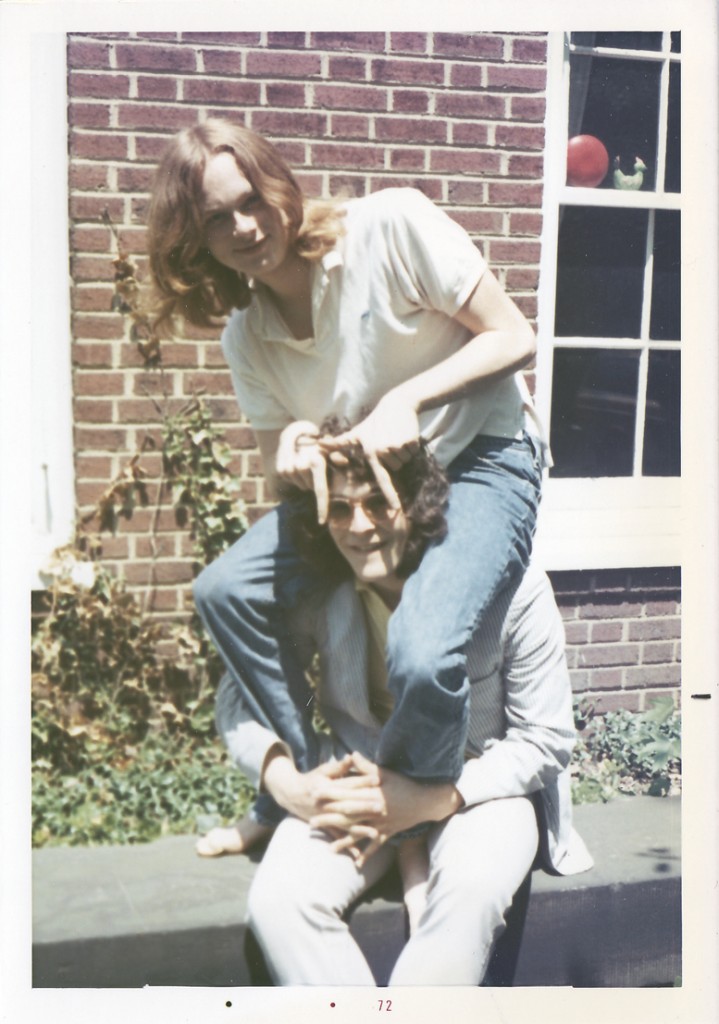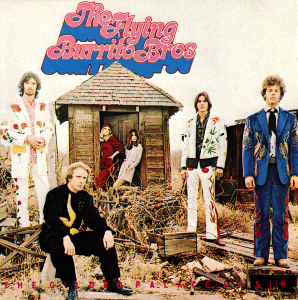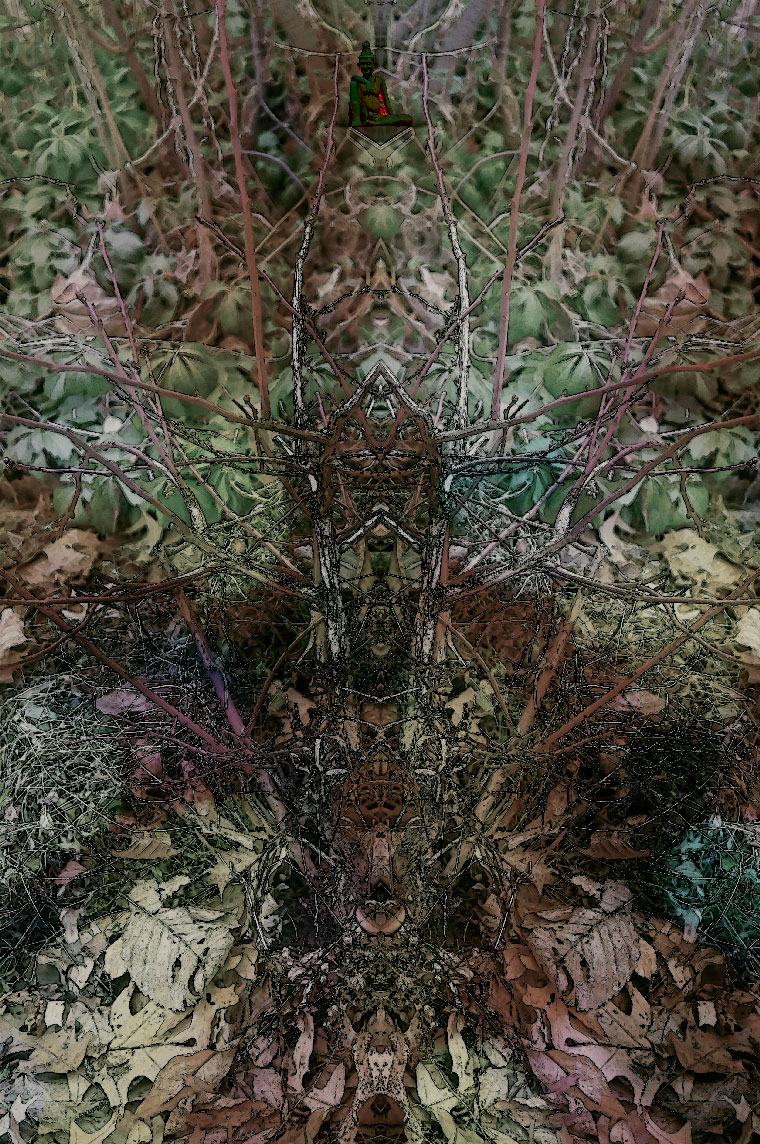Monday, February 13, I was driving to Wadsworth, listening to a CD, thinking about my livelihood as an artist–such as it is–and a tune started up from my single most favored rock record of all time, The Gilded Palace of Sin, by The Flying Burrito Brothers.
The song was Wheels.
We’ve all got wheels to take ourselves away
We’ve got the telephones to say what we can’t say
We all got higher and higher every day
Come on wheels take this boy away
We’re not afraid to ride
We’re not afraid to die come on wheels take me home today
So come on wheels take this boy awayAnd when I feel my time is almost up
And destiny is in my right hand
I’ll turn to him who made my faith so strong
Come on wheels make this boy a man
We’re not afraid to ride
We’re not afraid to die come on wheels take me home today
So come on wheels take this boy away
Come on wheels take this boy away
The record was released February 11, 1969. I would hear it for the first time at the Amazing Dynamo Man’s house, draped over his bed, in September 1970. He, Jamie Cohen, and I, had just met, just begun tenth grade as first year sophomores at Hawken School in Cleveland. We fell into each other like rain drops into the ocean.
Forty eight years later, I’m reflecting on art matters having to do with commerce, Wheels comes on, I glance out my car’s driver-side window, and see a flatbed truck passing me on I71.
It’s badged with this logo:
I chuckle, then laugh heartily. The moment was not just a gilded moment of synchronicity, it was a text book synchronicity!
Shit.
“We put thirty spokes together and call it a wheel; But it is on the space where there is nothing that the utility of the wheel depends. We turn clay to make a vessel; But it is on the space where there is nothing that the utility of the vessel depends. We pierce doors and windows to make a house; And it is on these spaces where there is nothing that the utility of the house depends. Therefore just as we take advantage of what is, we should recognize the utility of what is not.” ? C.G. Jung, Synchronicity: An Acausal Connecting Principle
A synchronicity worthy of the term is required to be deeply disturbing, or deeply disruptive, or deeply derailing. What I have to offer are my happy delusions! I’ve been revisiting Kabir. #326 of his Bijak:
No customers for the word:
the price is high.
Without paying you can’t get it,
so move on by.
In January I had a very simple dream–simple as far as its arc.
(1) I’m on the side porch of a gothic church. It’s a fall day, and the church’s porch is the scene of a rummage sale. I’m picking little costume jewelry pieces up and putting each one back down. I notice some nice oak chairs and old brass floor lamps. I say to the lady, “You have some nice stuff.” She answers back, “I see you’re not in a buying mood, but the prices are right.”
(2) Walking down the steps, with the front of the church rising to my right, I cross a lawn and walk toward an old Chevy station wagon. I walk to the driver’s side and their is a man with a hat, and his wife is to his right, and his son and daughter are in the back seat. The rear has suitcases. I think to myself, ‘It’s an all American family.’ The man asks if I will help him get unstuck. I put my shoulder to the frame of his window to push, and, without much effort I push and feel his car rise a bit and become unstuck.
(3) The car gathers speed and then veers slightly across the front lawn of the church. It crashes into the wall of the sanctuary. I run toward it, but am halted when I see a bloodied brown panther or mountain lion, seemingly crushed between the grill and limestone wall, pull itself out of its predicament and jump over the hood. It stands on the grass and shakes its head once vertically, runs off.
Yes.
My favorite track from my favorite record.






